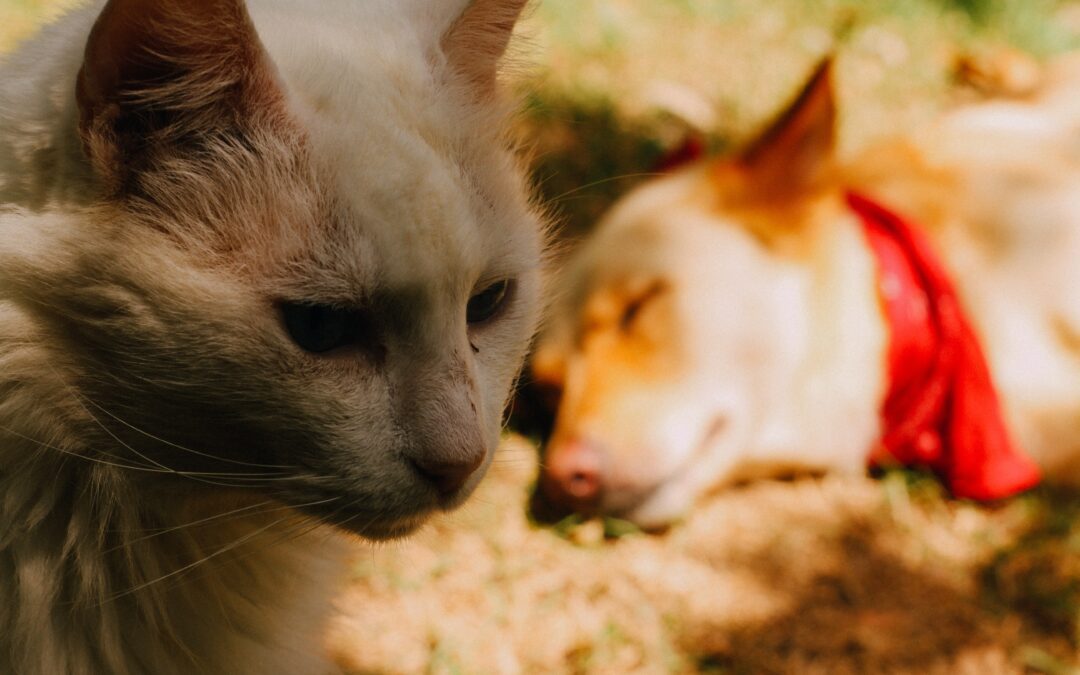Rabies Awareness: Safeguarding Your Pets
Every year, on September 28th, World Rabies Day serves as a vital reminder of a deadly disease that still claims the lives of thousands of people and animals worldwide. Rabies, a viral infection, wreaks havoc on the brains and nervous systems of mammals. As a zoonotic disease, it poses a grave risk to both domestic and wild animals, including dogs and cats. In this article, we will explore the possibility of dogs and cats contracting rabies and underscore the critical importance of preventative measures to shield them from this menace.
The answer is unequivocal: dogs and cats can indeed contract rabies. These two domesticated companions are the species most frequently affected by this virus. Although rabies is relatively rare among cats and dogs in the United States, it continues to plague various parts of the globe, particularly in developing nations with limited access to vaccination and animal control programs. The virus typically infiltrates pets through the saliva of infected animals, often transmitted via bites. Once it enters a pet’s system, it rapidly propagates through the nervous system, culminating in a fatal outcome.
Detecting Rabies: Recognizing Signs and Symptoms in Dogs and Cats
The signs and symptoms of rabies in dogs and cats closely parallel those experienced by humans. In the initial stages of infection, pets may exhibit mild indicators, such as behavioral changes, fever, and reduced appetite. As the virus progresses, more severe manifestations may emerge, including seizures, aggression, paralysis, and difficulties in swallowing. In dogs, the “dumb” form of rabies, characterized by lethargy, weakness, and eventual demise, tends to be more common. Conversely, in cats, the “furious” form, marked by hyperactivity, aggression, and disorientation, is frequently observed.
Proactive Prevention of Rabies in Dogs and Cats
The most potent weapon in the battle against rabies in dogs and cats is undoubtedly vaccination. Every cat and dog should receive a rabies vaccine as an integral component of their regular vaccination regimen. This not only shields them from the virus but also mitigates the risk of potential transmission to humans. In addition to vaccination, responsible pet owners must adopt preventative measures, such as keeping their pets indoors and minimizing contact with stray or wild animals. In the unfortunate event of another animal biting your pet, immediate veterinary attention is imperative, and the incident should be promptly reported to local animal control authorities.
Rabies, a severe and often fatal disease that affects both humans and animals, necessitates our unwavering vigilance. While the disease remains comparatively rare among dogs and cats in the United States, pets across the world continue to succumb to this virus. Therefore, it is incumbent upon us to take resolute action to safeguard our pets from rabies through preventative measures. Vaccination stands as the most potent tool of prevention, bolstered by vigilant avoidance of stray or wild animals. As World Rabies Day approaches, we strongly urge you to proactively secure the safety of your beloved pets by reaching out to us to schedule a rabies vaccination. Together, we can make a substantial impact in the ongoing battle against rabies!

